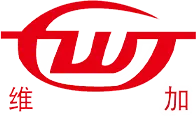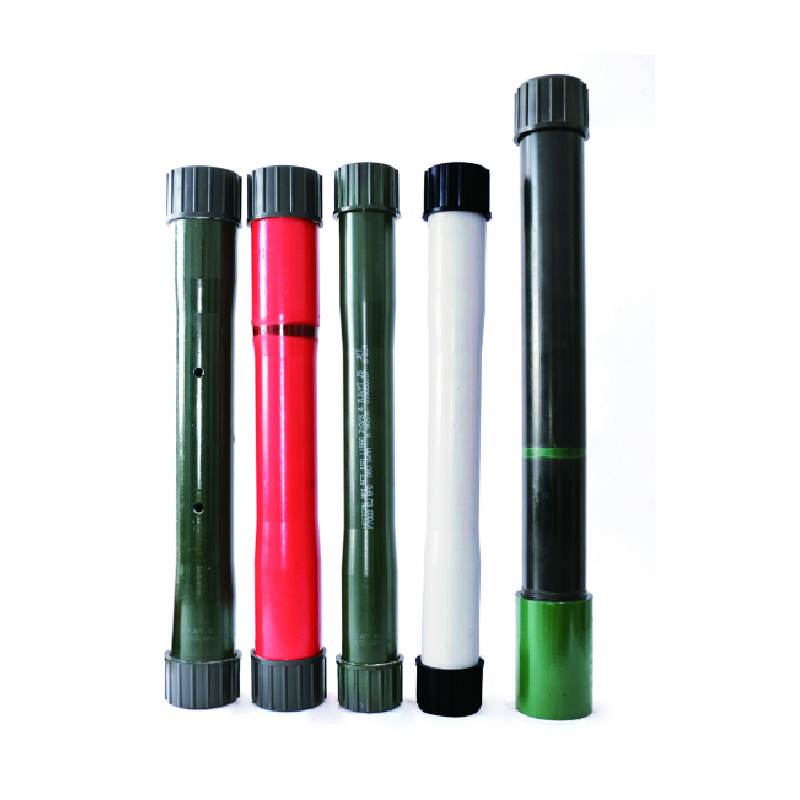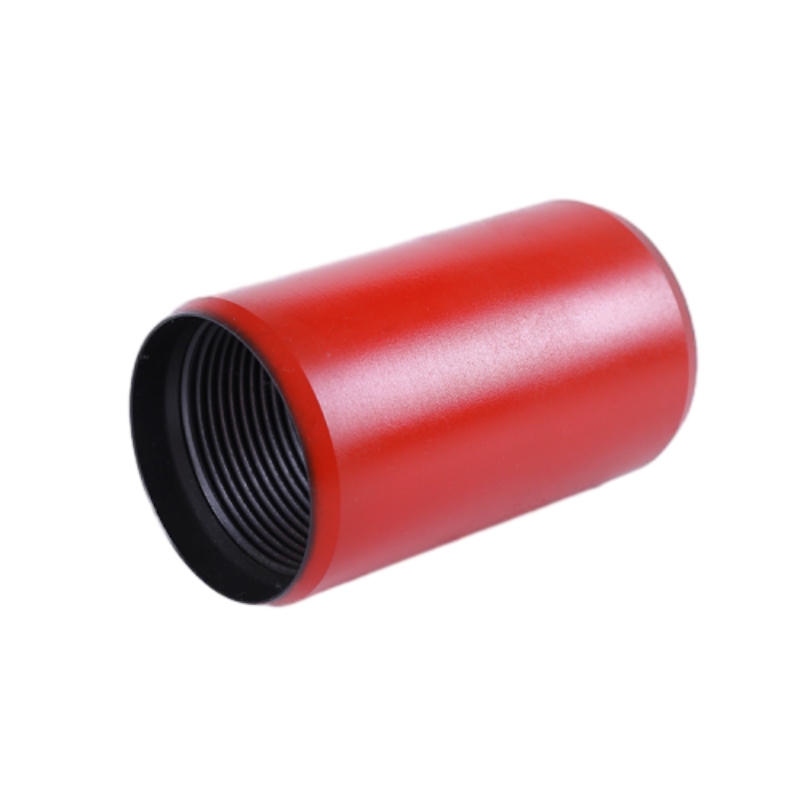Durable Tubing Coupling for Secure Pipe & Hose Connections
In the vast and complex landscape of industrial operations, particularly within the oil & gas, petrochemical, and water management sectors, the integrity and efficiency of tubular connections are paramount. At the heart of these critical connections lies the **tubing coupling** – a seemingly small component with immense significance. This comprehensive guide delves into the world of **tubing coupling**, exploring its vital role, technical intricacies, manufacturing excellence, diverse applications, and the factors that define a superior product. We aim to provide an authoritative resource, enhancing understanding for engineers, procurement specialists, and industry stakeholders.
Product Highlight: Tubing Coupling
Explore our premium **Tubing Coupling** solutions designed for unmatched performance and reliability in the most demanding environments. Visit our product page for detailed specifications and ordering information.
Industry Trends and Market Dynamics for Tubular Connections
The global demand for energy, clean water, and processed materials continues to drive innovation and investment in infrastructure. This growth directly impacts the market for high-quality tubular goods and their corresponding connections. Key trends influencing the **tubing coupling** market include:
- Increased Focus on Well Integrity: With deeper and more challenging drilling environments, the need for robust, leak-proof, and corrosion-resistant connections, like advanced **tubing coupling** systems, is at an all-time high. Operators are prioritizing longevity and safety to prevent costly downtime and environmental incidents.
- Technological Advancements in Materials: The development of new alloys, such as high-strength low-alloy steels, corrosion-resistant alloys (CRAs), and even non-metallic composites, is pushing the boundaries of what **tubing coupling** can withstand in extreme pressure, high-temperature (HPHT) and sour gas (H2S, CO2) conditions.
- Digitalization and Predictive Maintenance: The rise of IoT and sensor technologies in oilfields is leading to opportunities for condition monitoring of tubular goods, including couplings, enabling predictive maintenance and optimizing operational lifespan.
- Environmental Regulations: Stricter environmental protection mandates drive the adoption of more secure and environmentally friendly connection technologies, minimizing the risk of spills and leaks, reinforcing the importance of reliable **steel pipe coupling**.
- Demand for Customized Solutions: As operations become more specialized, there's a growing need for tailor-made **steel couplings for pipe**, offering specific thread profiles, material grades, and coating options to meet unique project requirements.
Technical Parameters and Specifications of Tubing Couplings
A **tubing coupling** is a short length of pipe, typically with internal threads, used to connect two sections of external-threaded tubing or casing. Its primary function is to provide a strong, pressure-tight, and durable connection that can withstand the demanding conditions of downhole or industrial environments. Understanding its technical parameters is crucial for proper selection and application.
Key Parameters Defining Tubing Couplings
- Material Grade: Critical for performance, correlating directly with tensile strength, yield strength, and resistance to collapse, bursting, and corrosion. Common API 5CT grades for **tubing coupling** include J55, K55, N80, L80 (Type 1 & Q), C90, T95, P110, Q125, and premium CRAs (e.g., Duplex, Super Duplex Stainless Steels like UNS S31803, S32750/S32760, and Nickel Alloys like Inconel).
- Outer Diameter (OD) & Inner Diameter (ID): Specifies the physical size, ensuring compatibility with the tubing. Standard sizes range from 1.050 inches to 4.5 inches for tubing, and much larger for casing couplings.
- Thread Type: The geometry of the threads ensures a secure seal and mechanical integrity. Common types include:
- API Non-Upset (NUE): Straight threads, usually 8 or 10 threads per inch (TPI). Offers less strength than EUE.
- API External Upset (EUE): Threads are on an upset portion of the tubing, providing increased wall thickness at the connection for greater tensile strength. Typically 8 TPI. This is the most common **tubing coupling** type in oil & gas.
- Buttress Thread Casing (BTC): A robust, high-strength thread profile for casing connections, designed for heavy loads.
- Long Thread Casing (LTC) & Short Thread Casing (STC): Older API casing thread types.
- Premium Connections: Proprietary designs from manufacturers offering superior gas-tight seals, higher torque capacity, and enhanced collapse resistance, often used in HPHT or complex well designs.
- Pressure Rating: The maximum internal and external pressure the coupling can withstand without failure. Directly linked to material grade, wall thickness, and thread design.
- Temperature Rating: The range of temperatures the coupling can operate under without material degradation.
- Length: Standard lengths vary, designed to provide sufficient engagement for the threads and sealing surfaces.
- Coatings & Surface Treatment: Phosphating, copper plating, or specialized anti-galling compounds (e.g., API RP 5A5 doped thread compounds) are often applied to prevent galling during make-up and enhance corrosion resistance.
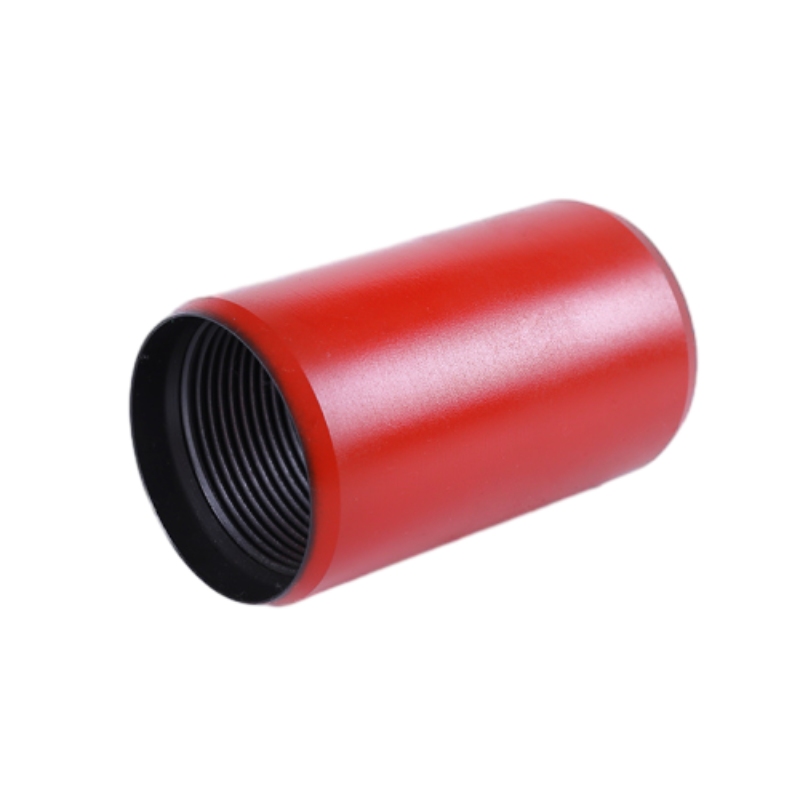
Figure 1: Precision-machined **tubing coupling** showing detailed thread profile.
Tubing Coupling Standard Specifications Table
Below is a typical specification table for common **tubing coupling** types, illustrating the variety available and the parameters engineers consider:
| Parameter | API 5CT Tubing Coupling (EUE) | API 5CT Tubing Coupling (NUE) | API 5CT Casing Coupling (BTC) | Premium **Steel Coupling** (Example) |
|---|---|---|---|---|
| Applicable Standard | API Spec 5CT | API Spec 5CT | API Spec 5CT | Proprietary (e.g., TenarisHydril, VAM) |
| Material Grades | J55, K55, N80, L80, P110, Q125 | J55, K55, N80, L80 | J55, K55, N80, L80, P110, Q125, CRAs | High-strength alloys, CRAs |
| OD Range (in) | 2-3/8" to 4-1/2" | 2-3/8" to 4-1/2" | 4-1/2" to 20" | Varies by design, often > 4-1/2" |
| Thread Type | EUE (8 TPI) | NUE (10 TPI) | Buttress (BTC) | Specific proprietary design (e.g., metal-to-metal seal) |
| Typical Yield Strength (min psi) | 55,000 - 125,000 | 55,000 - 80,000 | 55,000 - 125,000 | Up to 150,000+ |
| Typical Tensile Strength (min psi) | 75,000 - 135,000 | 75,000 - 95,000 | 75,000 - 135,000 | Up to 160,000+ |
| Corrosion Resistance | Standard, improved with CRAs | Standard | Standard, improved with CRAs | Excellent (for CRAs) |
| Application Environment | Standard gas/oil production | Lower pressure, lighter duty | Casing strings, heavier loads | HPHT, sour service, complex wells |
Diverse Application Scenarios of Tubing Couplings
The versatility of the **tubing coupling** extends its use across numerous heavy industries, where robust and reliable pipe connections are non-negotiable. Its primary applications are found where fluids or gases are transported under varying pressure and temperature conditions.
- Oil and Gas Industry: This is arguably the largest consumer. **Tubing couplings** are integral to:
- Production Tubing Strings: Connecting sections of tubing through which oil or gas flows from the reservoir to the surface. The integrity of these connections is crucial for maintaining well pressure and preventing leaks.
- Injection Wells: Used for injecting water, gas, or chemicals into a reservoir for enhanced oil recovery (EOR) or waste disposal.
- Casing Strings: While often referred to as casing couplings, these function similarly to connect larger diameter pipes that line the wellbore, providing structural integrity and preventing collapse.
- Workover Operations: Repeated make-up and break-out of connections during well intervention activities demand durable **steel couplings for pipe**.
- Petrochemical and Chemical Processing: In refineries and chemical plants, **steel pipe coupling** links pipelines that transport raw materials, intermediate products, and finished goods, often involving corrosive or high-temperature fluids. **Vacuum hose coupling** variants are critical for maintaining sealed environments in sensitive processes.
- Water Supply and Drainage Systems: Large-scale municipal and industrial water infrastructure relies on robust **steel couplings** to ensure leak-free distribution and efficient wastewater management, particularly in high-pressure or critical service lines.
- Mining and Minerals Processing: Used in slurry pipelines, ventilation systems, and dewatering applications, where pipelines need to withstand abrasive materials and harsh environments.
- Geothermal Energy: Connecting pipelines in geothermal wells where high temperatures and corrosive geothermal fluids are common.
Technical Advantages and Performance Excellence
A high-quality **tubing coupling** offers significant technical advantages that contribute to operational efficiency, safety, and cost-effectiveness over the lifespan of a project:
- Superior Seal Integrity: Precision machining and adherence to strict API 5CT or proprietary standards ensure a gas-tight seal, preventing costly and dangerous leaks of hydrocarbons or other fluids. This is crucial for both environmental protection and operational safety.
- High Pressure and Temperature Resistance: Manufactured from specialized steel alloys and subjected to rigorous heat treatments, premium **steel couplings for pipe** can withstand extreme downhole conditions, including pressures up to 15,000 psi and temperatures exceeding 300°F (150°C), minimizing the risk of burst or collapse.
- Excellent Corrosion Resistance: For sour service (H2S, CO2) or highly corrosive environments, couplings made from CRAs (e.g., Duplex, Super Duplex, Nickel-based alloys) offer superior resistance to general corrosion, pitting, and stress corrosion cracking (SCC), extending service life significantly. This is a key advantage, leading to reduced maintenance and replacement costs.
- High Tensile Strength and Torque Capacity: The design, especially of EUE and premium connections, ensures that the coupling provides greater strength than the pipe body, preventing connection failure under tension or torsional stresses during installation or operation.
- Optimized Flow Dynamics: A smooth internal bore and precise alignment when connected minimize turbulence and pressure drops, contributing to energy efficiency in fluid transport. This can lead to tangible energy savings, especially in long pipelines or high-volume applications.
- Enhanced Durability and Longevity: Through stringent manufacturing processes and quality control, a reliable **tubing coupling** is designed for a long service life, reducing the frequency of interventions and replacements, which directly impacts operational expenditure.
- Ease of Installation and Removal: API-standardized threads facilitate quick and reliable make-up and break-out using standard oilfield tools, minimizing rig time and associated costs.
The Manufacturing Process: Precision and Quality in Every Tubing Coupling
The creation of a high-performance **tubing coupling** is a multi-stage process that combines metallurgical science with advanced manufacturing technology. Each step is meticulously controlled to ensure the final product meets the stringent demands of its intended application.
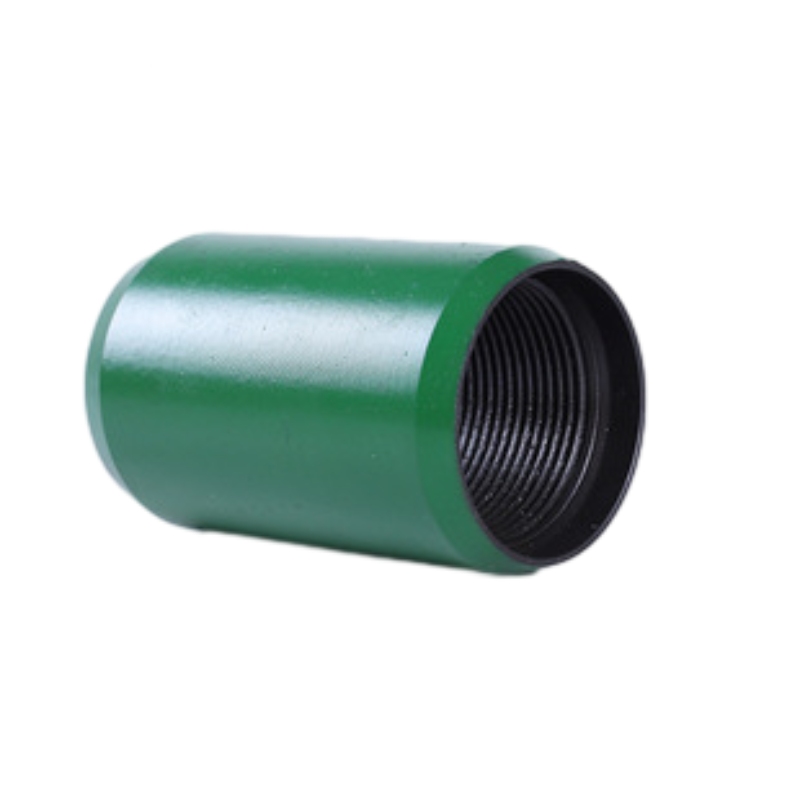
Figure 2: Raw material for **tubing coupling** undergoing initial processing.
Detailed Manufacturing Workflow for Tubing Coupling
Material Selection and Preparation
The journey begins with selecting high-quality seamless steel pipe or bar stock. For API 5CT **tubing coupling**, this material must conform to specific chemical compositions and mechanical properties (e.g., J55, N80, P110, Q125). For severe environments, Stainless Steels (e.g., 316L, Duplex 2205, Super Duplex 2507) or Nickel Alloys (e.g., Inconel 625) are selected. Raw material is cut to precise lengths.
Forging (for Upset Ends)
For EUE (External Upset End) **tubing coupling**, the ends of the cut pipe are heated and forged to increase their wall thickness. This "upsetting" process strengthens the connection area, allowing for the threading without weakening the pipe body. This step significantly enhances the tensile integrity of the final **steel coupling**.
Heat Treatment
After forging (or directly for non-upset couplings), the material undergoes rigorous heat treatment processes. This typically includes Quenching and Tempering (Q&T). Quenching involves rapidly cooling the steel from a high temperature to achieve a hard, strong microstructure. Tempering then reduces brittleness and increases ductility, achieving the specified mechanical properties (yield strength, tensile strength, hardness) crucial for the coupling's performance, especially under stress.
CNC Machining and Threading
Precision CNC (Computer Numerical Control) machining is central to creating the precise dimensions and thread profiles required. The internal diameter is bored, and then the internal threads (NUE, EUE, BTC, or proprietary premium threads) are cut with extreme accuracy. This ensures proper engagement with the external threads of the tubing, critical for a pressure-tight seal and strong mechanical connection. Chamfering and other finishing cuts are also performed.
Surface Treatment and Coating
To enhance corrosion resistance and prevent galling (cold welding) during make-up, the **tubing coupling** undergoes surface treatment. This often includes phosphating, which creates a protective layer, or the application of specific anti-galling coatings. Some premium couplings may receive specialized surface hardening or friction-reducing treatments.
Quality Control and Inspection
This is a critical phase. Each **tubing coupling** undergoes comprehensive inspection to ensure compliance with standards like API Spec 5CT, ISO 9001, and specific customer requirements. Inspections include:
- Dimensional Inspection: Using precision gauges to verify OD, ID, length, and thread dimensions.
- Non-Destructive Testing (NDT):
- Magnetic Particle Inspection (MPI): Detects surface and near-surface discontinuities.
- Ultrasonic Testing (UT): Identifies internal flaws and wall thickness variations.
- Visual Inspection: Checks for surface defects, burrs, and proper marking.
- Thread Gauging: Specialized gauges verify the accuracy and integrity of the thread profile, pitch, and taper.
- Hydrostatic Testing: Although primarily for pipe, some manufacturers perform hydrostatic tests on couplings to verify leak integrity under pressure.
- Hardness Testing: Ensures heat treatment has achieved the correct hardness levels.
Marking and Packaging
Finally, each **tubing coupling** is marked with its grade, size, manufacturer, and heat number for traceability. It is then carefully packaged, often with thread protectors, to prevent damage during transport and storage, ready for shipment to the client. This meticulous process ensures that every **steel coupling** delivered meets the highest standards of quality and reliability.
Manufacturer Comparison and Selection Criteria
Choosing the right **tubing coupling** manufacturer is as critical as selecting the coupling itself. A reliable supplier ensures not only product quality but also long-term support and compliance with industry standards. When evaluating potential partners for **steel couplings for pipe**, consider the following:
- Certifications and Compliance: Verify adherence to international standards such as API Spec 5CT (American Petroleum Institute Specification for Casing and Tubing), ISO 9001 (Quality Management System), and other relevant industry certifications. These indicate a commitment to consistent quality and process control.
- Experience and Track Record: A manufacturer with decades of experience in producing **steel pipe coupling** for demanding industries often possesses deeper technical expertise and a proven track record of reliable products. Inquire about their service longevity and specific projects they've supported.
- Manufacturing Capabilities: Assess their production capacity, range of products (sizes, grades, thread types), and their ability to handle complex or custom orders. Do they utilize advanced CNC machinery and robust heat treatment facilities?
- Quality Control Protocols: A transparent and rigorous QC process, including extensive NDT (Non-Destructive Testing) capabilities (MPI, UT, Eddy Current), dimensional inspection, and metallurgical testing, is paramount. Ask for their quality manuals and inspection reports.
- Research and Development: Leading manufacturers invest in R&D to develop new materials, thread designs, and coating technologies, offering innovative solutions for increasingly challenging well conditions.
- Customer Support and Technical Assistance: A responsive and knowledgeable technical support team is invaluable for pre-sales consultation, installation guidance, and post-sales troubleshooting. This includes understanding the specific requirements for various applications, from standard oilfield use to specialized **vacuum hose coupling** needs.
- Global Reach and Logistics: For international projects, a manufacturer with established logistics and distribution networks can ensure timely delivery and reduce supply chain complexities.
Customization Solutions: Tailored Tubing Couplings for Specific Needs
While standard API **tubing coupling** designs serve a wide range of applications, many projects, especially in challenging environments, require customized solutions. Reputable manufacturers offer extensive customization options to meet precise operational demands.
Customization can encompass various aspects of the **tubing coupling**:
- Material Grades: Beyond standard API grades, specialized alloys (e.g., Duplex, Super Duplex stainless steels, Nickel-based alloys like Incoloy 825 or Hastelloy C276) can be utilized for enhanced corrosion resistance in sour service, high chloride environments, or ultra-high temperatures.
- Proprietary Thread Designs: While API threads are common, many premium connections are proprietary. Manufacturers can produce couplings with these advanced threads, offering superior sealing, higher torque, and improved fatigue resistance for complex wells (e.g., horizontal, extended reach drilling, or unconventional gas).
- Internal Coatings and Liners: For extreme corrosive or abrasive conditions, the inner surface of the **steel coupling** can be coated with specialized polymers (e.g., PTFE, PEEK), ceramics, or even clad with corrosion-resistant alloys to prolong service life and maintain flow integrity.
- External Coatings: Custom external coatings, such as fusion-bonded epoxy (FBE), polyurethane, or other protective layers, can be applied to provide additional corrosion resistance in aggressive external environments or to meet specific project specifications.
- Unique Dimensions and Tolerances: While adhering to overall standards, specific projects may require couplings with slightly modified lengths, wall thicknesses, or tighter dimensional tolerances to optimize performance with specific tubing strings or downhole tools.
- Special Testing Protocols: Beyond standard API and ISO tests, customers can request additional testing, such as full-scale connection testing, burst and collapse tests, fatigue testing, or specific environmental simulation tests to validate performance under unique anticipated conditions.
- Marking and Traceability: Custom marking solutions, including unique serial numbers, RFID tags, or specific color coding, can be implemented to enhance traceability and inventory management throughout the supply chain.
By offering these bespoke solutions, manufacturers ensure that clients receive a **tubing coupling** perfectly engineered for their specific application, maximizing efficiency, safety, and return on investment.
Application Cases and Customer Experience
The practical application of high-quality **tubing coupling** solutions underscores their critical role in ensuring operational success and safety across industries. Here are illustrative examples:
Case Study 1: Enhanced Oil Recovery (EOR) in a Sour Gas Field
Challenge: An oil & gas operator in the Permian Basin faced severe corrosion issues in their water injection wells used for EOR, due to the presence of high concentrations of H2S and CO2 (sour gas) in the produced water. Standard J55 **tubing coupling** was failing prematurely, leading to expensive workovers and lost production.
Solution: We provided custom **steel pipe coupling** manufactured from API N80 Type Q material, which underwent specialized heat treatment for improved sulfide stress cracking (SSC) resistance. Additionally, the couplings were internally coated with a durable PEEK polymer liner to provide an extra barrier against aggressive chemicals. This solution was specifically designed to handle the corrosive sour gas environment, offering superior resistance compared to traditional couplings.
Outcome: The customized N80Q couplings demonstrated remarkable longevity, extending the average lifespan of connections from 1 year to over 5 years. This resulted in a significant reduction in workover frequency (over 80% reduction), saving the operator an estimated $1.5 million annually in maintenance costs and minimizing production downtime. The enhanced reliability of the **tubing coupling** also improved overall well integrity and safety.
Case Study 2: High-Pressure Water Transfer in a Mining Operation
Challenge: A large iron ore mine in Western Australia required a robust and leak-proof piping system for high-pressure water transfer to support dewatering operations. The extreme terrain and continuous operation demanded **steel couplings** that could withstand constant vibration, fluctuating pressures, and potential external impacts.
Solution: We supplied API 5CT L80 grade **steel couplings for pipe** with an EUE thread profile, known for its mechanical strength. Furthermore, an external fusion-bonded epoxy (FBE) coating was applied to the couplings to provide superior protection against external corrosion and abrasion in the harsh mining environment. Our technical team also provided on-site training to the installation crew to ensure correct make-up procedures for optimal sealing and longevity.
Outcome: The L80 EUE couplings with FBE coating performed exceptionally, providing a reliable, leak-free connection system. The enhanced corrosion and abrasion resistance significantly extended the life of the pipeline infrastructure. The client reported a 15% improvement in water transfer efficiency due to minimized leakages and reduced maintenance, validating the choice of robust **steel coupling** and comprehensive support.
Case Study 3: Vacuum Integrity in a Semiconductor Manufacturing Facility
Challenge: A leading semiconductor manufacturer needed highly precise and absolutely leak-free connections for their critical vacuum systems, which transport specialized gases used in wafer fabrication. Even minute leaks could compromise product quality and yield. Standard industrial couplings failed to maintain the required vacuum levels consistently.
Solution: We provided specially designed **vacuum hose coupling** manufactured from precision-machined 316L stainless steel, featuring a unique, ultra-fine thread profile and a specialized metal-to-metal sealing mechanism (similar to certain premium connections). Each batch underwent rigorous helium leak detection testing to ensure integrity down to 10⁻⁸ mbar·L/s (ultra-high vacuum standards).
Outcome: The specialized **vacuum hose coupling** delivered superior vacuum integrity, consistently maintaining the required vacuum levels within the critical process lines. This eliminated costly product contamination incidents, leading to a significant improvement in manufacturing yield and reduction in operational waste. The client lauded the product's precision and our commitment to meeting their exacting requirements, demonstrating the adaptability of coupling technology beyond traditional oil and gas applications.
Authoritativeness and Trustworthiness
Our commitment to excellence in manufacturing **tubing coupling** is underpinned by a robust framework of industry certifications, a legacy of satisfied clients, and a dedication to transparency and support. We understand that trust is built on verifiable credentials and consistent performance.
Industry Certifications and Quality Assurance
As a leading provider of **steel coupling** solutions, we adhere to the most stringent international standards to guarantee product quality and reliability:
Our products, including **tubing coupling**, are manufactured under API Spec 5CT, ensuring compliance with the highest standards for casing and tubing in the petroleum and natural gas industries. This includes material, dimensions, manufacturing processes, and testing procedures.
Our Quality Management System (QMS) is certified to ISO 9001:2015, demonstrating our commitment to consistent quality, customer satisfaction, and continuous improvement across all operations, from design to delivery of every **steel pipe coupling**.
Beyond external certifications, we implement a multi-stage Internal Quality Control process, including 100% visual inspection, dimensional checks, thread gauging, and non-destructive testing (NDT) on every single **tubing coupling** before it leaves our facility.
%Our products are designed and manufactured to meet relevant international safety standards, ensuring their safe application in demanding environments, which is crucial for any **steel coupling** used in high-pressure or critical service.
Delivery Cycle and Logistics
We understand the importance of timely delivery in project execution. Our streamlined manufacturing processes and established global logistics network enable us to offer competitive delivery cycles:
- Standard Orders: Typically 4-6 weeks from order confirmation, depending on volume and specific product type (e.g., standard API **tubing coupling**).
- Custom Orders: Generally 6-10 weeks, accounting for specific material procurement, specialized machining, and additional testing requirements.
- Expedited Options: Available upon request for urgent projects, subject to material availability and production schedule.
Each shipment is meticulously packed with appropriate thread protectors and anti-corrosion measures to ensure the **steel couplings for pipe** arrive in perfect condition.
Warranty and Customer Support
We stand behind the quality of our **tubing coupling** products with comprehensive warranty and dedicated customer support:
- Product Warranty: All our **tubing coupling** products come with a standard 12-month warranty from the date of shipment or 18 months from the date of manufacturing, whichever comes first, against manufacturing defects and material failures under normal operating conditions.
- Technical Support: Our team of experienced engineers and technical specialists is available to provide pre-sales consultation, assist with product selection, offer installation guidelines, and provide post-sales troubleshooting and advice. This support extends to various applications, including specialized requirements for **vacuum hose coupling**.
- After-Sales Service: We are committed to prompt resolution of any issues that may arise, offering comprehensive after-sales support to ensure customer satisfaction and long-term partnership.
Frequently Asked Questions (FAQ) about Tubing Couplings
Q1: What is a **tubing coupling** and what is its primary function?
A **tubing coupling** is a short, threaded cylindrical component used to connect two sections of oilfield tubing (or casing). Its primary function is to provide a strong, pressure-tight, and mechanically robust joint that allows for the safe and efficient transport of fluids or gases within a wellbore or pipeline system. It ensures continuity and integrity of the tubular string.
Q2: What are the main types of threads used on **tubing coupling**?
The main thread types for **tubing coupling** are API (American Petroleum Institute) standard threads, primarily External Upset End (EUE) and Non-Upset End (NUE). EUE threads are stronger due to increased wall thickness at the connection, making them suitable for higher pressure and tensile loads. NUE threads are less robust. Additionally, proprietary "premium connections" offer superior sealing and strength for challenging applications.
Q3: How do you ensure the quality and integrity of a **steel coupling**?
Quality and integrity are ensured through a rigorous manufacturing process and comprehensive quality control. This includes using certified raw materials (API 5CT grades), precise CNC machining for exact thread profiles, controlled heat treatment processes, and extensive inspection procedures like dimensional checks, Magnetic Particle Inspection (MPI), Ultrasonic Testing (UT), and thread gauging. Adherence to standards like API Spec 5CT and ISO 9001 is paramount.
Q4: What material grades are commonly used for **tubing coupling** and why?
Common material grades include API 5CT J55, K55, N80, L80, P110, and Q125. These are carbon or low-alloy steels selected based on their yield strength, tensile strength, and hardness to meet specific well conditions (e.g., pressure, temperature, depth). For corrosive environments (sour service), Corrosion Resistant Alloys (CRAs) like Duplex or Super Duplex stainless steels and Nickel-based alloys are used for specialized **steel pipe coupling**.
Q5: Can **tubing coupling** be used in corrosive environments?
Yes, **tubing coupling** can be specifically designed for corrosive environments. For applications involving H2S, CO2, chlorides, or other aggressive media, couplings are manufactured from Corrosion Resistant Alloys (CRAs) or are internally coated with specialized materials (e.g., polymers, ceramic linings) to prevent material degradation and extend service life. This customization is vital for performance in harsh conditions.
Q6: What is the typical service life of a **tubing coupling**?
The service life of a **tubing coupling** varies significantly depending on the material grade, operational environment (pressure, temperature, corrosivity), proper installation, and maintenance. Under ideal conditions with appropriate material selection, a high-quality coupling can last for decades. In challenging sour service or high-pressure applications, specialized couplings are designed to provide several years of reliable service, often 5-10 years or more, exceeding standard alternatives.
Q7: What is the difference between a **tubing coupling** and a **casing coupling**?
While functionally similar, connecting threaded tubulars, **tubing coupling** is used for smaller diameter pipes (typically 1" to 4.5" OD) that convey fluids to the surface, whereas casing couplings connect larger diameter pipes (typically 4.5" to 20" OD or more) that line the wellbore for structural integrity and well control. Casing couplings are generally thicker and designed for higher collapse and burst pressures to support the wellbore structure.
References and Further Reading
For more in-depth technical information and industry insights regarding **tubing coupling** and related technologies, we recommend exploring the following authoritative sources:
- API Specification 5CT, Specification for Casing and Tubing: The definitive standard for petroleum and natural gas industries' casing and tubing. This specification provides requirements for the manufacture of steel tubes and couplings.
https://www.api.org/products-and-services/standards/explore/api-5ct - ISO 11960:2020 Petroleum and natural gas industries - Steel pipes for use as casing or tubing: An international standard that aligns closely with API 5CT, providing comprehensive requirements for steel pipes used in oil and gas applications.
https://www.iso.org/standard/79015.html - SPE (Society of Petroleum Engineers) Technical Papers: A vast repository of research and case studies on drilling, completion, and production technologies, including detailed analyses of tubular connections and their performance in various well conditions. Search for topics related to "tubular connections," "casing design," or "corrosion resistant alloys" for deeper insights.
https://www.spe.org/en/journals/journal-of-petroleum-technology/ - NACE International (Now AMPP - Association for Materials Protection and Performance) Publications: Provides extensive resources on corrosion science and engineering, including standards and best practices for material selection and corrosion control in pipelines and tubular goods.
https://www.ampp.org/standards/standards-catalog
-
Tubing Crossover - API Compatible, Custom Sizes, In StockNewsNov.10,2025
-
Tubing Coupling | High-Strength, Leak-Proof Steel CouplingsNewsNov.10,2025
-
Wholesale API Threading Casing Coupling | API 5CT, Fast ShipNewsNov.10,2025
-
Pup Joint Supplier | API Certified, Custom, Quick ShipNewsNov.10,2025
-
Pup Joint Manufacturers | Precision Machined, Fast DeliveryNewsNov.10,2025
-
Tubing Coupling | Precision Steel, Leak-Proof, Fast DeliveryNewsNov.03,2025
